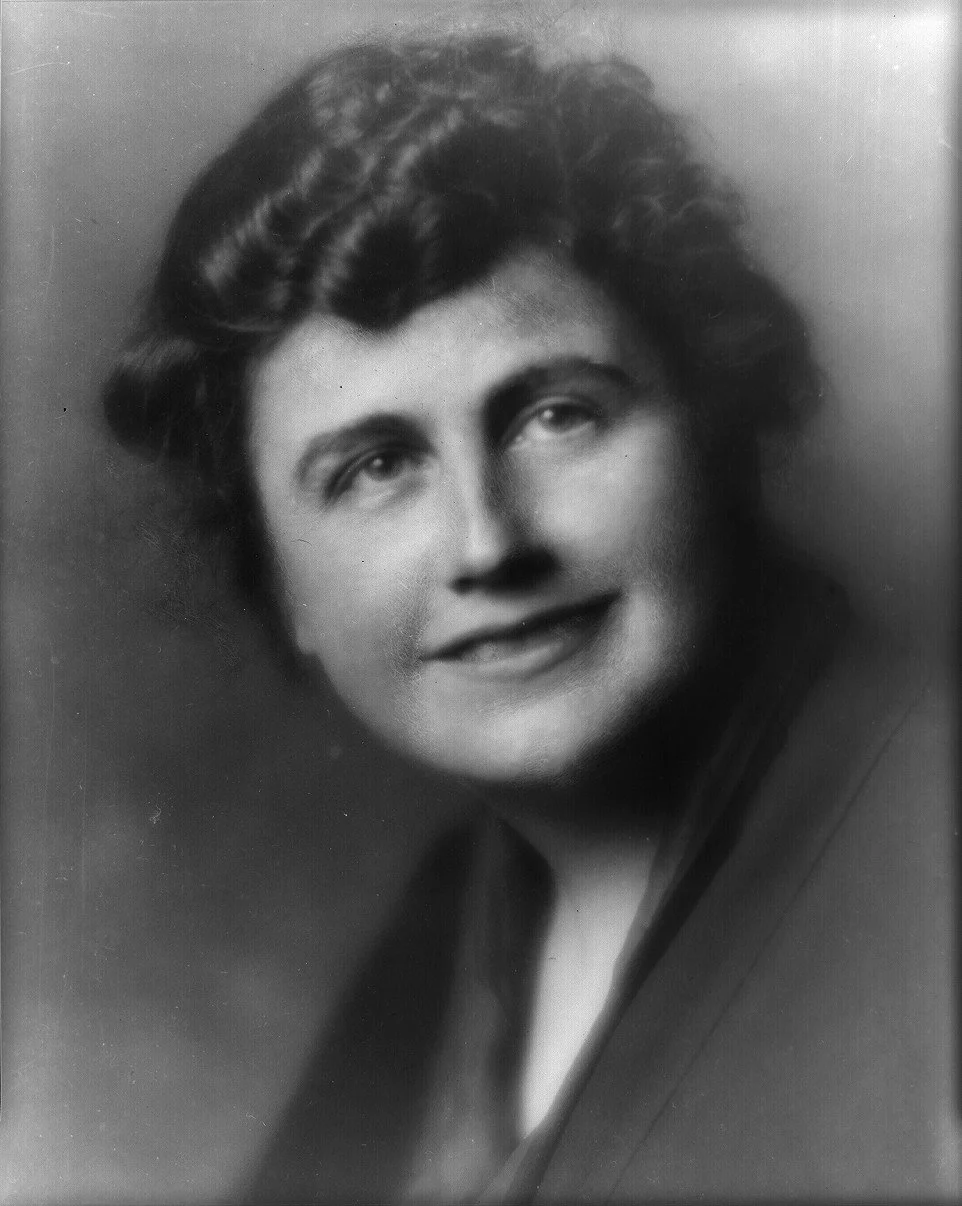Patsy Mink and the Road to Title IX
Picture from Pexels by Karolina Grabowska
Peyton Impola
In June, the United States celebrated the fiftieth anniversary of Title IX of the Education Amendments of 1972. Title IX states that “No person in the United States shall, on the basis of sex, be excluded from participation in, be denied the benefits of, or be subjected to discrimination under any education program or activity receiving Federal financial assistance.” This law protects gender equality across a wide range of educational programs, including scholarships, schooling access, sports teams, and clubs. Title IX could arguably be labeled the most important legal development for gender equality since the passage of the 19th Amendment in 1920.
But how did this groundbreaking law come to be? It was the dedication and work of Congresswoman Patsy Takemoto Mink that helped develop and pass Title IX. First elected to the House of Representatives in 1964, Mink was the first woman of color elected to Congress. Mink represented Hawaii, but she felt that her duty to serve the people extended past district lines. She said, “You were not elected to Congress, in my interpretation of things, to represent your district, period. You are national legislators.”
This ideology pushed Mink to pursue feminist legislation. She wished to give girls and women across the nation a voice. Congresswoman Mink was no stranger to discrimination. Throughout her career she was faced with roadblocks and inequality. As a young woman, she was rejected by twelve medical schools, despite being valedictorian, due to her race and sex. Mink decided to take a different career path, seeking admission to law school. She was accepted to the University of Chicago Law School, and was one of two women and one of two Asian-Americans in the school.
Mink’s difficulties did not end with her admission to law school. After graduating, she married, subsequently losing her Hawaiian territorial residency. Due to this loss, Mink was refused her right to take the bar examination. Though she challenged this and was able to take her exam, the congresswoman had a difficult time finding employment. Because she was a mother, it was assumed that Mink would be unable to handle the hours and commitment of a traditional law firm. Undeterred, she set up her own solo practice.
All of these experiences stuck with the congresswoman as she served in the House of Representatives. Working with Congresswoman Edith Green, Mink condensed years of efforts towards gender equality into Title IX. Using Title VI of the Civil Rights Act as a model, the two Congresswomen drafted a provision that would end sex-based discrimination in federally funded educational programs. The passage of Title IX empowered women across the country to fight for their now lawful right to gender equality in education. Title IX prevented women from being barred from schools, clubs, and teams solely based on their gender.
Congresswoman Mink’s personal experiences of gender inequality inspired her to fight for the rights of women across the country. Her work has opened the doors for thousands of women to access educational programs that they had been previously forbidden from. Patsy T. Mink lived to see the 30th anniversary of Title IX in 2002 before passing away only one month later. The provision was posthumously renamed the “Patsy. T Mink Equal Opportunity in Education Act” as a tribute to the congresswoman’s tireless efforts for gender equality. Now, fifty years after the passage of Title IX, we recognize the work of Congresswoman Mink, and honor her legacy as not only the first woman of color elected to Congress, but also a trailblazer in feminism.
Sources:
How Patsy Takemoto Mink, the First Woman of Color in Congress, Helped Craft Title IX
Patsy Takemoto Mink, First Woman of Color in Congress
Title IX and Sex Discrimination
MINK, Patsy Takemoto | US House of Representatives: History, Art & Archives






